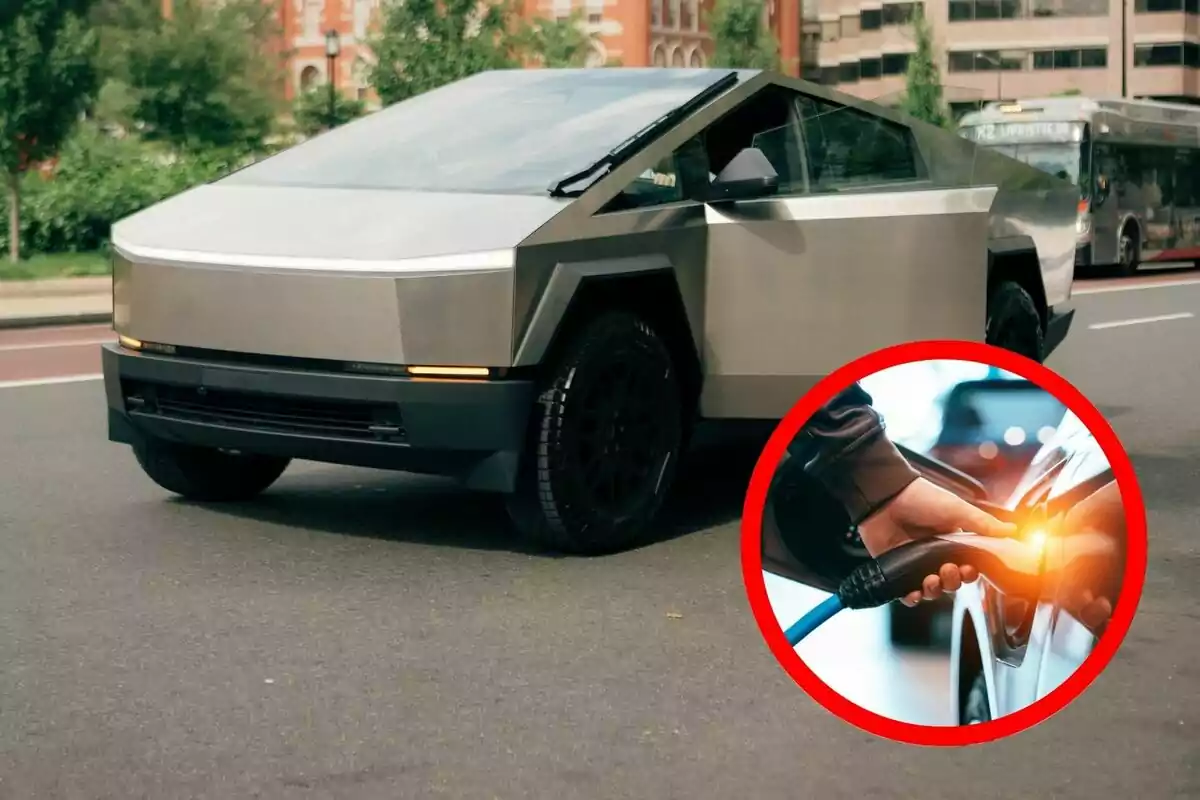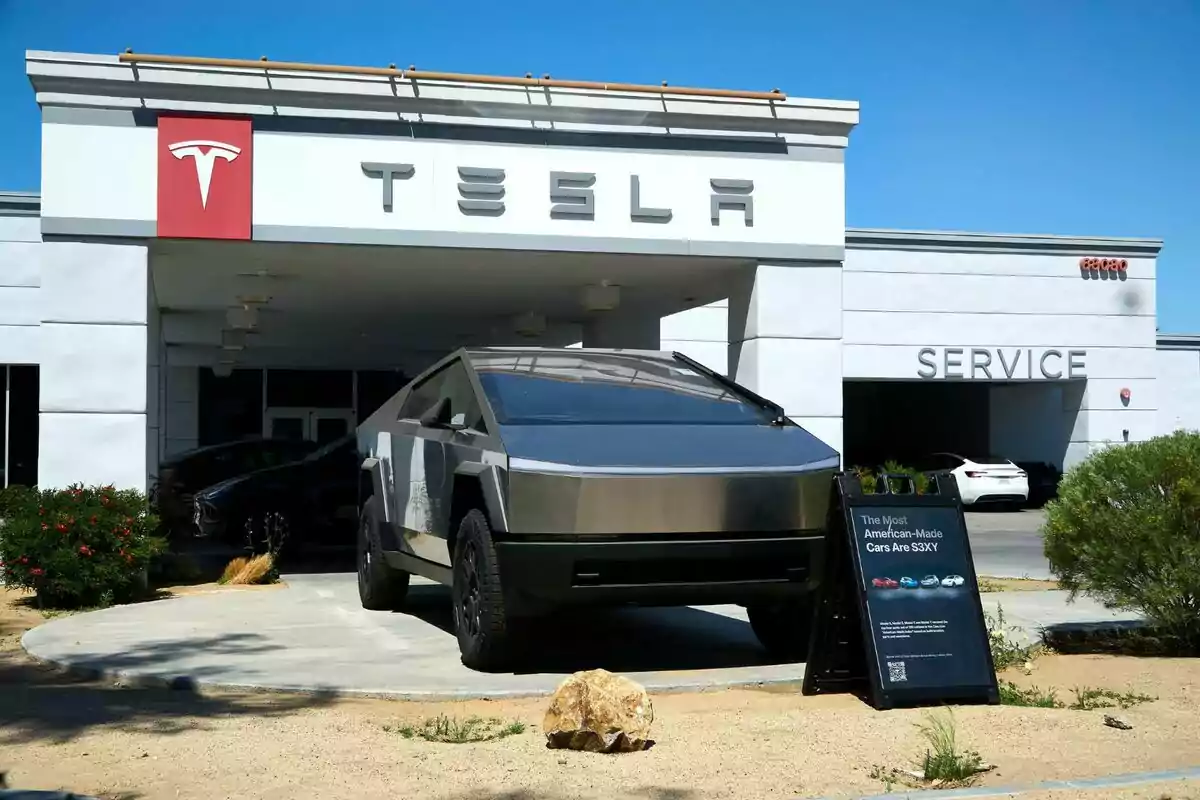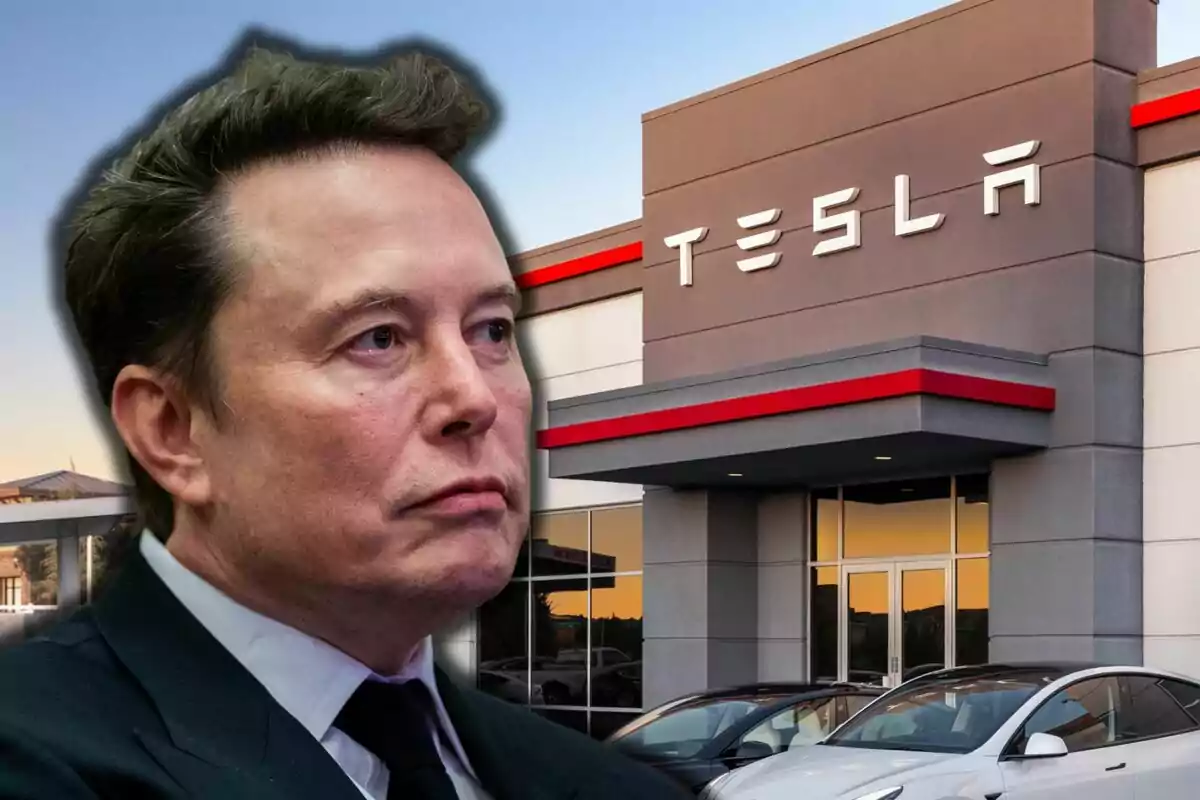Tesla's Cybertruck has once again made headlines, but this time it's not because of its futuristic design or innovative features. Ryan Patch, the owner of one of these vehicles in Arizona, encountered an unexpected problem that left him baffled. After taking his Cybertruck to the shop, what seemed to be a simple inconvenience with charging the battery at home turned into a more complex situation.
Tesla's diagnosis not only surprised Ryan, but also sparked a debate among electric vehicle owners. Is a model with a problem that can cost tens of thousands of dollars to replace really reliable? This incident raised doubts about Cybertruck's durability and the reliability of its essential parts. Is the future of the electric car really as promising as it seems?

An unexpected and costly problem
What seemed like a minor issue with the home charger ended up being a more serious diagnosis. After trying another charger and getting no results, Ryan took his Cybertruck to Tesla's service center.
After more than a week without a car, Tesla informed him that the main high-voltage battery needed to be replaced. This key part not only powers the motor, but the entire electrical system of the vehicle.

Tesla gave Cybertruck's owner a big surprise
Although the repair could've cost thousands of dollars, Ryan was fortunate that Tesla covered the full cost thanks to its 8-year or 149,000-mi. (240,000 km) warranty. As compensation for the wait, Tesla provided him with a replacement Cybertruck with a daily limit of 199 mi. (320 km). However, although the service was quick, Ryan expressed his frustration in a Facebook group about having to wait a whole month with several postponed completion dates.
Ryan's experience caused divided opinions. While some owners praised Tesla's speed and efficiency, others, like Tom Slinger, expressed concerns about Cybertruck's reliability. "I'm about to pick up my Cybertruck and I can't afford a failure like this…," Tom commented, reflecting the doubts of many.

Is Cybertruck worth it?
Although Ryan was lucky not to pay the $20,000 or $25,000 that the battery replacement would've cost, the situation raises doubts about the durability of Cybertruck's components. Although Tesla's warranty covers replacements for manufacturing defects, it doesn't cover accidental damage or misuse. This highlights the importance of having a good warranty and efficient customer service.
Ryan's case highlights both the advantages and possible disadvantages of Cybertruck. While Tesla's service and warranty seem solid, the vehicle's reliability remains a concern among users. Is Cybertruck the electric vehicle many desired, or does it still have much to prove?

